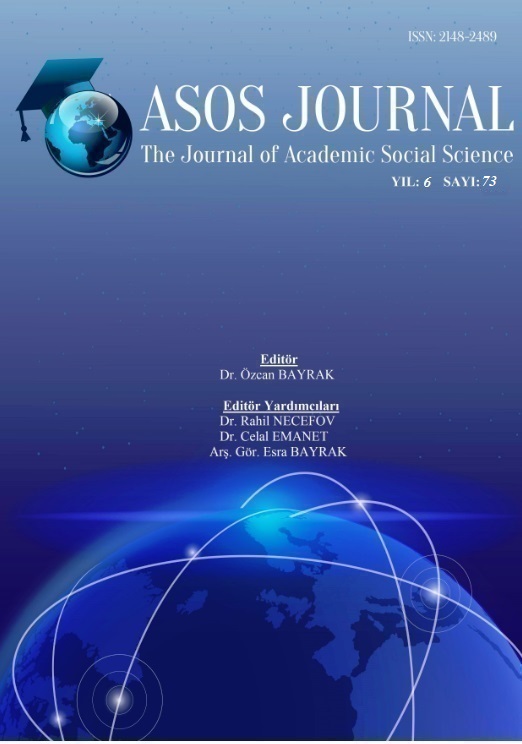19.-20. YÜZYIL OSMANLI DÖNEMİ EĞİTİM YAPILARI: KASTAMONU MERKEZ MEKTEB-İ İDADİ, MEKTEB-İ SANAYİ, RUM MEKTEBİ
Author :
Abstract
Türk ve İslam sanatı açısından düşünüldüğünde sahip olduğu Selçuklu, özellikle Beylikler ve Osmanlı dönemlerine ait kültür varlıkları ile önemli bir merkez olan Kastamonu eğitim tarihi açısından da köklü bir geçmişe sahiptir. Sultan Abdülaziz döneminde Tanzimat düzenlemelerinden birisi olarak yayınlanan 1869 tarihli Maarif-i Umumiye Nizamnamesi ile köy ve mahallelerde sıbyan mektebi, beş yüz evli kasabalarda rüştiyeler, bin evli kasabalarda idadiler, vilayet merkezlerinde ise sultaniler kurulması öngörülmüştür. Türk eğitim sisteminde meydana gelen değişmeler ile birlikte ülke genelinde olduğu gibi Kastamonu Vilayeti’nde de modern okullar açılmaya başlanmıştır. 19. yüzyılın üçüncü çeyreğinde Kastamonu, var olan eğitim yapısı sayısı açısından Anadolu vilayetleri içinde birinci sıradadır. 19.-20. yüzyıl Kastamonu vilayetinden günümüze 4 idadi, 5 gayrimüslim okulu, 1 sanayi mektebi, 1 bahriye mektebi, 1 kız enstitüsü, 2 kütüphane ve 1 güzel sanatlar galerisi olmak üzere 15 yapı gelebilmiştir. Bu çalışmada Kastamonu merkezde bulunan ve günümüze gelen Mekteb-i İdadi, Mekteb-i Sanayi ve Rum Mektebi olmak üzere 3 eğitim yapısı sanat tarihi açısından ele alınmıştır. Yapılar plan ve mimari özellikleri ile tanıtılmış, 19. ve 20. yüzyıl tarihsel aralığında Kastamonu vilayetinde bulunan diğer eğitim yapıları ile karşılaştırılmış, plan şeması ve cephe düzenlemesi açısından geç dönem Osmanlı kamu yapıları dikkate alınarak dönemin sanat üslubu etkileşimler bağlamında değerlendirilmiştir.
Keywords
Abstract
Considering Turc and Islamic art, Kastamonu which has culturel properties of Seljuk especially Emirates and Ottoman period, is a important centre. It has also a long history in terms of educational history too. With the Maarif-i Umumiye Regulation (Public Educational Regulation) dated 1869, published as one of the regulations of Tanzimat in the period of Sultan Abdülaziz, was decided to build children’s schools in the villages and neighbourhoods, intermediary in town of five hundred houses, preparatory for military schools in town of thousand houses, sultani in centre of the provinces. With the changes in the Turkish education system, as in the whole country, in Kastamonu also modern schools have been started to open. In the third quarter of the 19 th century Kastamonu, was the first among the Anatolian provinces in terms of number of educational structures had. From 19 th-20 th century to present in Kastamonu provinces, total 15 buildings came, namely: 4 preparatory, 5 non-muslim schools, 1 industrial school, 1 naval school, 1 girl institute, 2 libraries and 1 fine art gallery. In this study, three education structure located in the centre of Kastamonu and reached today preparatory for military schools, industrial school and rum school have been discussed from perspective of art history. Buildings have been introduced with their plans and architectural features, they have been compared with the other educational structures which were in Kastamonu between the date of 19 th-20 th century, considering the late period Ottoman public structures in terms of plan and façade arrangement, the art style of the period has been assessed in terms of interactions.





